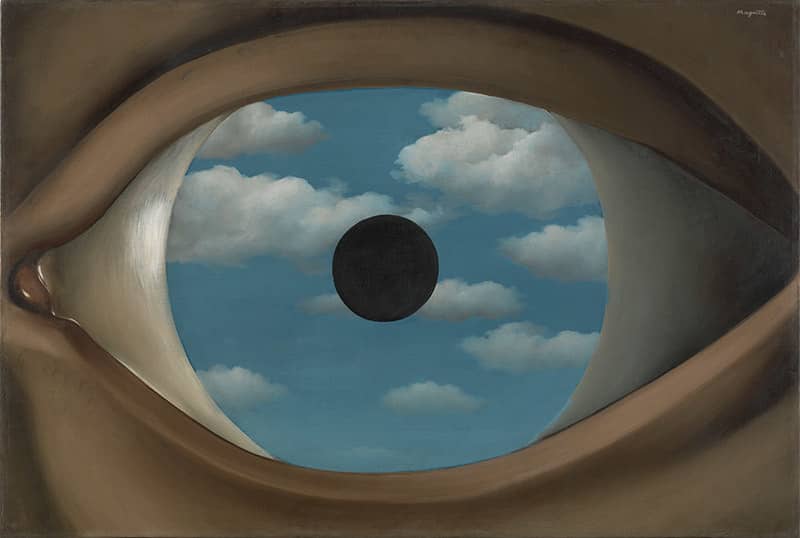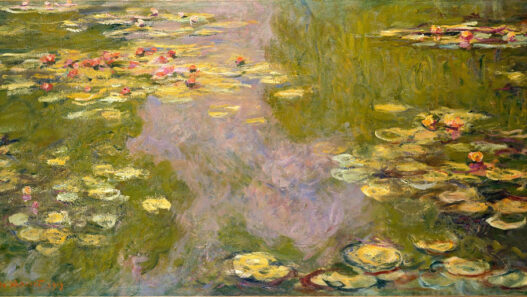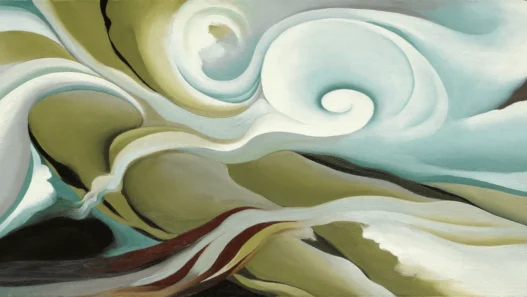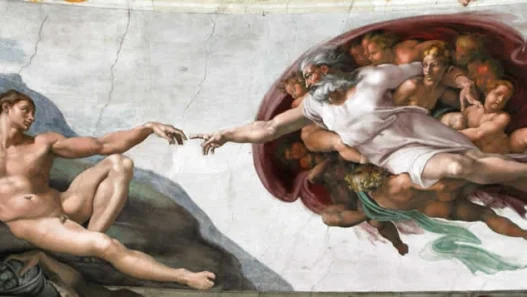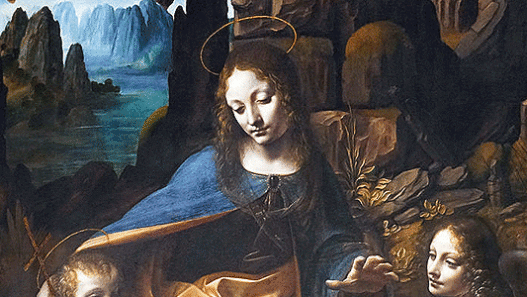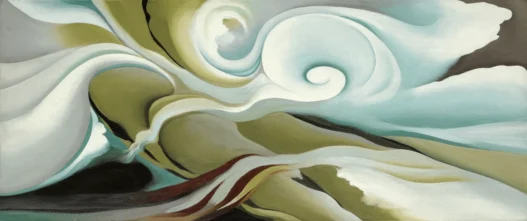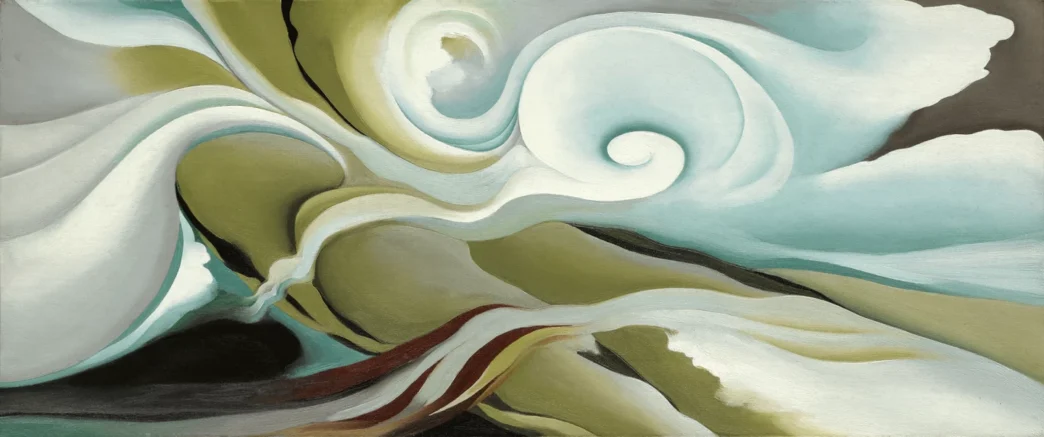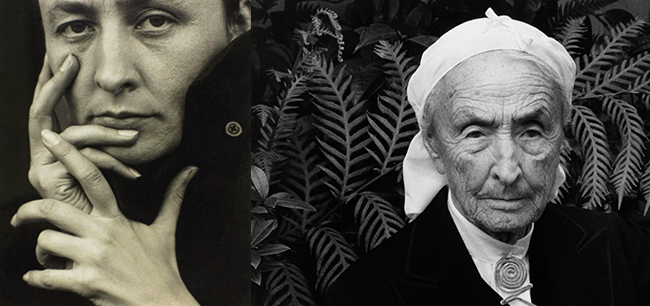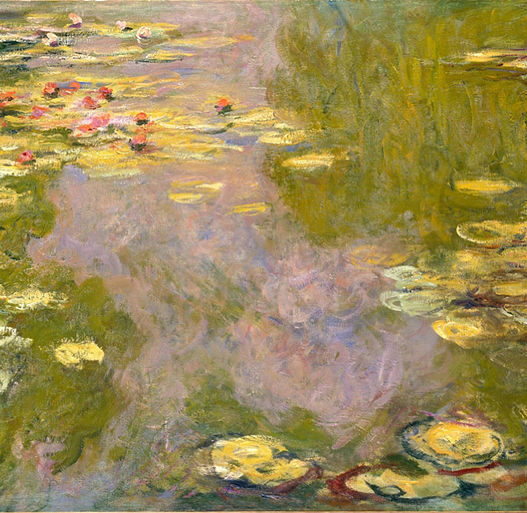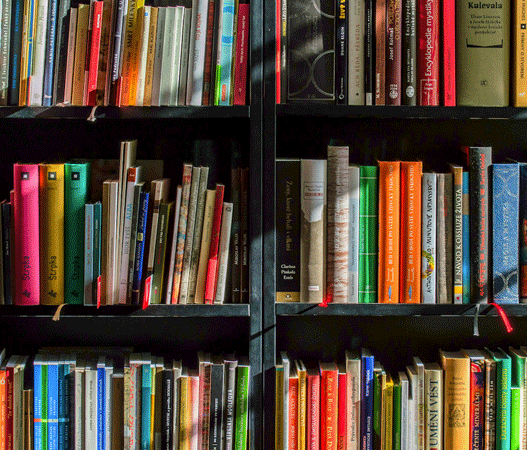Is Georgia O’Keeffe the mother of American modernism? Symbolic flowers and bones are amongst her language of hidden beauty, power, and fragility of the world around us.
From the intimate curves of her flowers to the stark bones of the New Mexico desert, O’Keeffe’s paintings are charged with meaning, inviting viewers to look deeper and feel more intensely
Flowers: The Intimate and the Bold
O’Keeffe’s flowers are perhaps her most famous subjects, and they’re more than just botanical studies. By magnifying petals and focusing on their inner structures, she transforms delicate blooms into powerful symbols of life, femininity, and sensuality. Every curve, fold, and colour gradient is a meditation on form and emotion, challenging viewers to see beyond the surface. The flowers aren’t just flowers, they’re O’Keeffe’s way of expressing emotion and the essence of life itself.
Symbolism straight to your inbox
Bones: Death, Resilience, and the Desert Spirit
When O’Keeffe moved to New Mexico, she discovered a new symbolic vocabulary in the stark desert landscape. Animal bones, sun-bleached and scattered across the sand, appear in many of her works. These bones are not simply reminders of death; they are symbols of resilience, endurance, and the raw poetry of nature. Against the arid, vast desert, the bones stand as enduring shapes, highlighting both the harshness and the beauty of life in the natural world.
Symbolism of Nature and Sexuality
Georgia O’Keeffe’s art often intertwines nature and sexuality, using organic forms to explore intimacy, desire, and the life force. Her magnified flowers, with their curling petals and soft folds, have long been interpreted as symbols of feminine sexuality. Yet O’Keeffe herself described them as expressions of life, growth, and emotional intensity, inviting viewers to experience the power and vitality inherent in the natural world.
The Secret Language of Form and Colour
Across all her work, O’Keeffe’s use of form and colour is deliberate and symbolic. Vivid reds and deep blues stir emotion, while simplified shapes guide the eye and evoke feeling. Abstraction in her work is never random, it’s a visual language, one that communicates what words often cannot. Her art transforms the ordinary, a flower, a bone, a desert horizon — into something extraordinary and timeless.
O’Keeffes’s Symbolic Literature
Across all her work, O’Keeffe’s use of form and colour is deliberate and symbolic. Vivid reds and deep blues stir emotion, while simplified shapes guide the eye and evoke feeling.
While Georgia O’Keeffe is primarily celebrated as a visual artist, her writings, letters, and reflections reveal a rich layer of symbolic literature that complements her paintings. Through words, she explored the same themes that defined her art: nature, emotion, and the interplay between the intimate and the infinite.
One notable example is her poem “From the Faraway, Nearby”, published in 1937. In this piece, O’Keeffe delves into the symbolism of bones, a recurring motif in her visual art. The poem reflects her deep connection to the New Mexico landscape and her ability to infuse ordinary objects with profound meaning
From the Faraway, Nearby
by Georgia O’Keeffe
Make no bones about it—
or better yet, make bones:
sandborne, sun-bleached, bald-faced bones
naked but for a Southwest sky.
I began picking up bones
because there were no flowers.
More than enough to fill your pockets, a treasure
trove—in plain sight—atop sage-covered plains.
— Published in Poetry Magazine, 1937
This poem exemplifies how O’Keeffe’s symbolic literature mirrors the themes in her paintings, offering a deeper understanding of her artistic vision.
